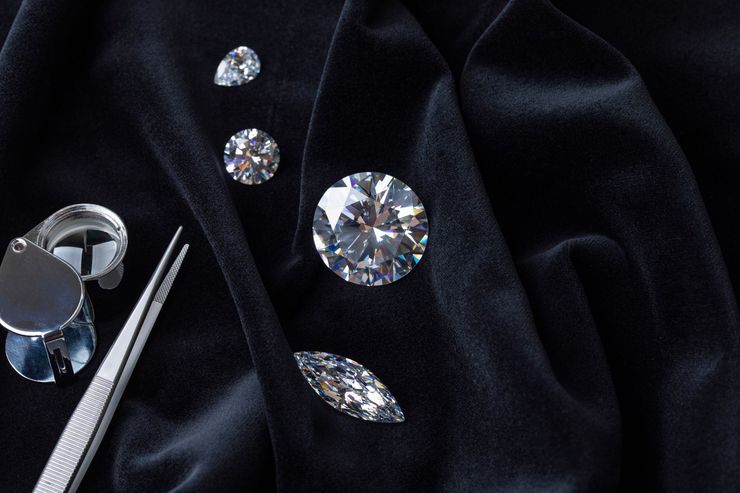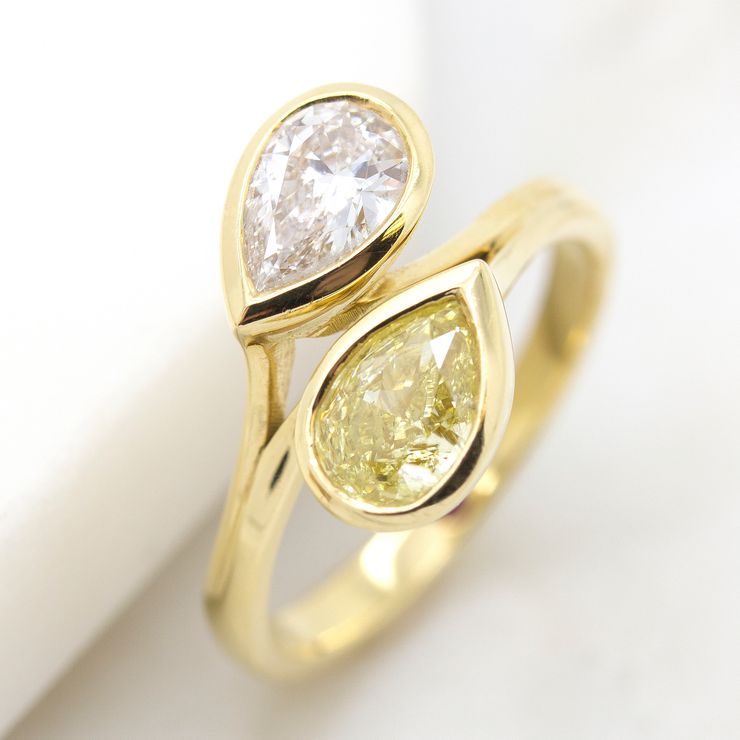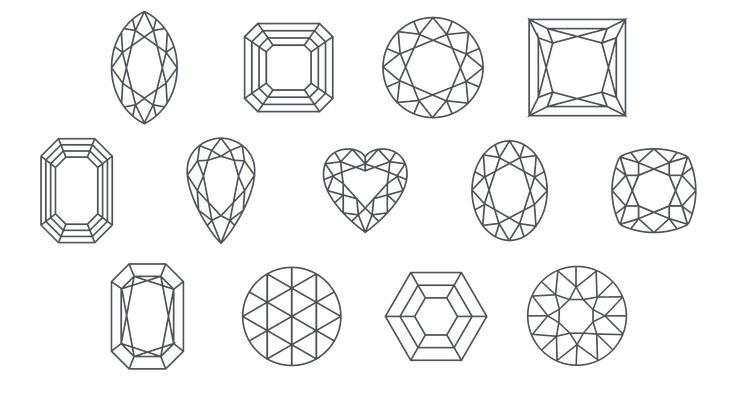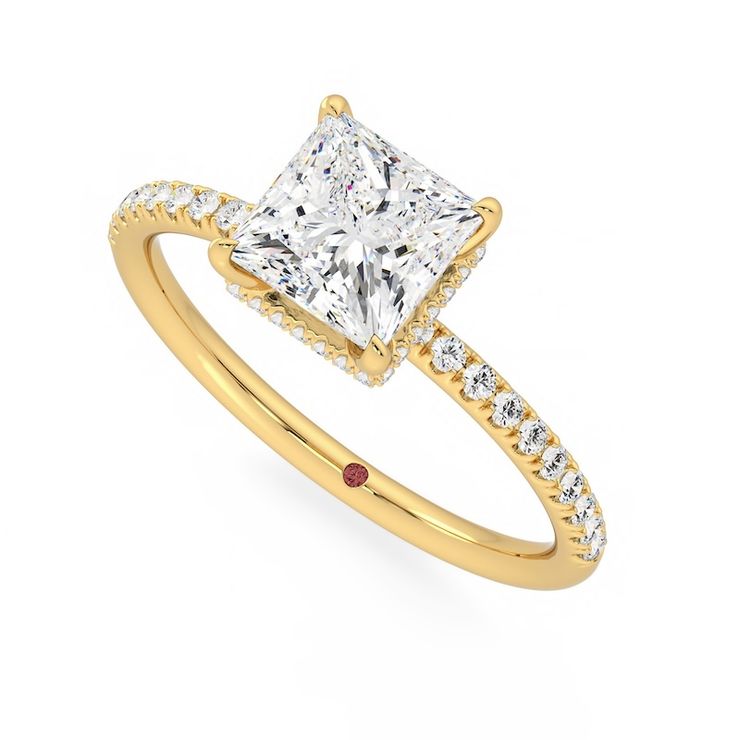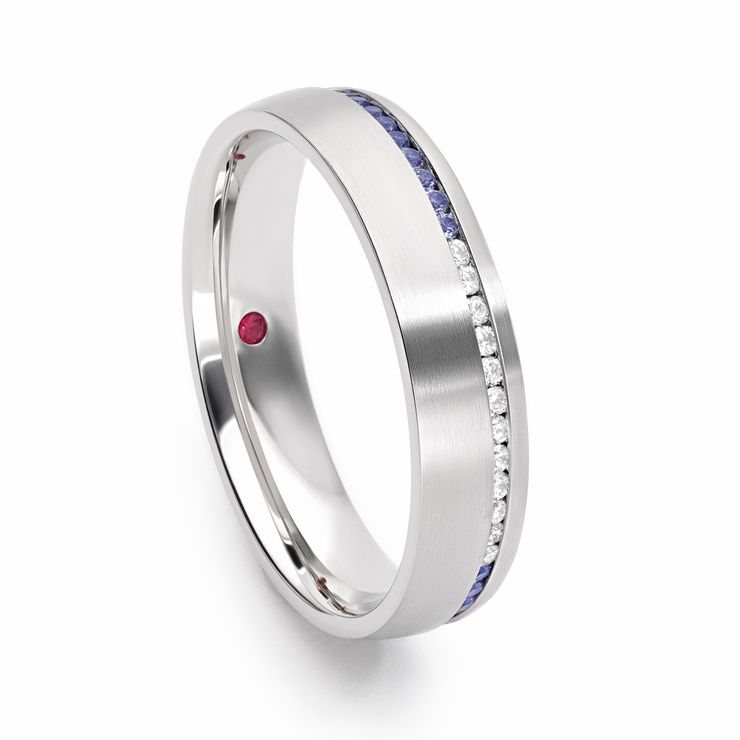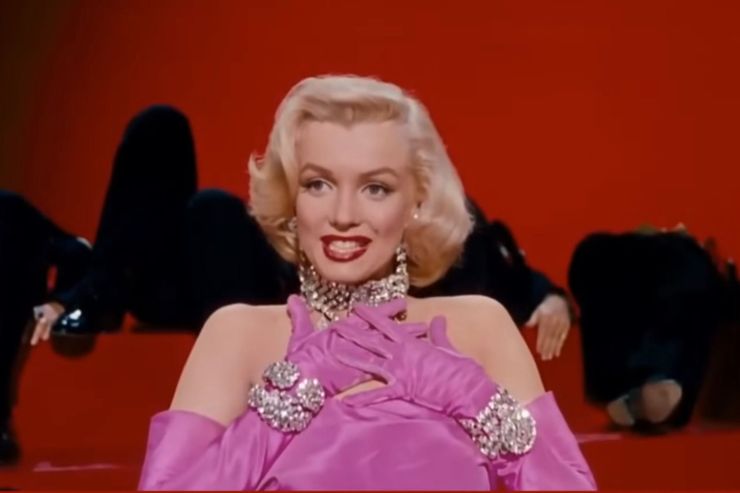Carat (ct)
Starting off with a staple. Carat is a term with two distinct meanings in the jewellery world, and understanding the difference will really help when deciding what you like. When Selena Gomez sang about being 14 carats, she was most likely referring to a spectacular diamond rather than root vegetables.
When it comes to gemstones, ‘carat’ refers to weight, and one carat (ct) equals 0.2 grams. It’s a common misconception that carat refers to size, in fact, a gemstone’s appearance depends just as much on its cut and proportions. For example, a 1ct round diamond and a 1ct oval diamond will look slightly different in size. Carat weight is one of the key factors in pricing diamonds and coloured gemstones, and will affect a lot of the look of your ring and other pieces of jewellery.
When talking about gold, however, ‘carat’ refers to purity, not weight. Pure gold is 24 carats, but because it’s soft and malleable, it’s rarely used in its pure form for jewellery. Instead, gold is alloyed with other metals for strength. For example, the 18ct gold we use is 75% pure gold, while in contrast, 9ct gold contains 37.5% pure gold. You’ll often see these marked on jewellery with hallmarks such as ‘750’ for 18ct.
Understanding the difference between gemstone carat and gold carat can help avoid confusion when comparing rings.

